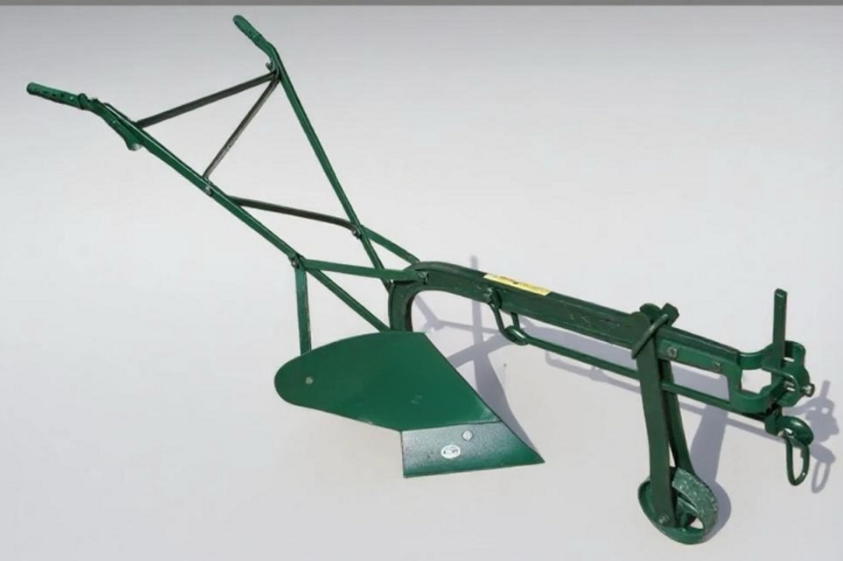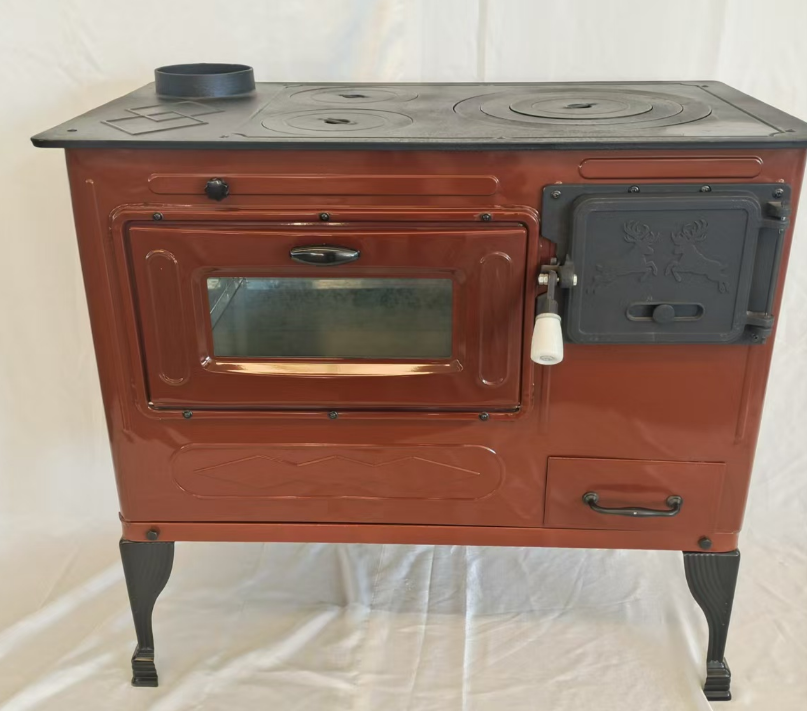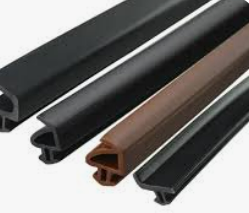The Versatility of Cast Iron Collars: Applications Across Industries and Settings
Cast iron collars, often overlooked as a mere accessory in mechanical assemblies, are versatile components with widespread applications across various industries. These robust components, known for their durability and strength, offer a wide range of benefits that extend beyond traditional uses. This essay explores the multiple applications of cast iron collar in different sectors, highlighting their adaptability and value.

Applications of Cast Iron Collar in Machinery and Manufacturing
One of the primary uses of cast iron collars is in machinery and manufacturing environments. In these settings, collars are used to secure gears, bearings, pulleys, and other mechanical parts in place. They can help maintain the correct alignment of shafts, preventing excessive wear or misalignment that could lead to mechanical failure.
In precision machinery, such as lathes, milling machines, or conveyor systems, decorative collars offer reliability in maintaining the spacing and positioning of various components. Their durability also makes them ideal for high-stress environments where other materials might fail under pressure or wear out quickly.
Construction and Structural Applications of Cast Iron Collar
Beyond industrial machinery, cast iron collars find important applications in construction and structural settings. In this domain, they are used as connectors or couplings for piping systems. Cast iron’s ability to resist corrosion and withstand high temperatures makes it a preferred choice for pipe collars in plumbing, heating, and drainage systems. These collars help join different sections of pipes securely while also preventing leaks and improving the overall integrity of the system.
Cast Iron Collar in Automotive and Aerospace Industries
In the automotive industry, cast iron collars are used in the construction of engine components, transmissions, and other mechanical systems. Their ability to endure high temperatures, resist wear, and provide structural integrity makes them suitable for critical parts that must endure harsh operating conditions. For instance, in car engines, these collars may be used as mounting points for components such as water pumps, alternators, or air conditioning compressors, providing a secure fit and reducing vibrations.
Cast Iron Collar in Agricultural and Heavy Equipment
In agriculture and heavy equipment sectors, ornamental iron casting are used extensively in machinery such as tractors, harvesters, and excavators. These collars help secure various parts of the machinery, from axles to wheels to hydraulic systems. Their rugged durability is essential in environments where equipment is subject to heavy-duty use and exposure to harsh outdoor conditions.
The versatility of cast iron collars cannot be overstated. Across a wide range of industries—from manufacturing to construction, automotive to aerospace, and agriculture—cast iron collars prove themselves as indispensable components. Their durability, strength, and ability to dampen vibrations make them essential for ensuring the smooth operation and longevity of machinery and structural elements. Whether securing parts in machinery, reinforcing buildings, or connecting pipes, cast iron post are a testament to the enduring utility of cast iron in modern engineering and industrial applications. As industries continue to evolve and demand more from their materials, cast iron collars will likely remain a staple in the toolkit of engineers and manufacturers alike.
-
Plough Wheel Cast Iron Material Enhances Load-BearingZprávyNov.10,2025
-
Cast Iron Cooking Stove Heat Retention Ensures Even Food HeatingZprávyNov.10,2025
-
Rubber Strip Shock Absorption Protects Window EdgesZprávyNov.10,2025
-
Aluminum Profiles High Corrosion Resistance Suits Coastal AreasZprávyNov.10,2025
-
Window Handle Aluminum Material Ensures Lightweight DurabilityZprávyNov.10,2025
-
Sliding Roller Plastic Housing Fits Aluminum Sliding WindowsZprávyNov.10,2025
-
 Plough Wheel Cast Iron Material Enhances Load-BearingNov-10-2025Plough Wheel Cast Iron Material Enhances Load-Bearing
Plough Wheel Cast Iron Material Enhances Load-BearingNov-10-2025Plough Wheel Cast Iron Material Enhances Load-Bearing -
 Cast Iron Cooking Stove Heat Retention Ensures Even Food HeatingNov-10-2025Cast Iron Cooking Stove Heat Retention Ensures Even Food Heating
Cast Iron Cooking Stove Heat Retention Ensures Even Food HeatingNov-10-2025Cast Iron Cooking Stove Heat Retention Ensures Even Food Heating -
 Rubber Strip Shock Absorption Protects Window EdgesNov-10-2025Rubber Strip Shock Absorption Protects Window Edges
Rubber Strip Shock Absorption Protects Window EdgesNov-10-2025Rubber Strip Shock Absorption Protects Window Edges












